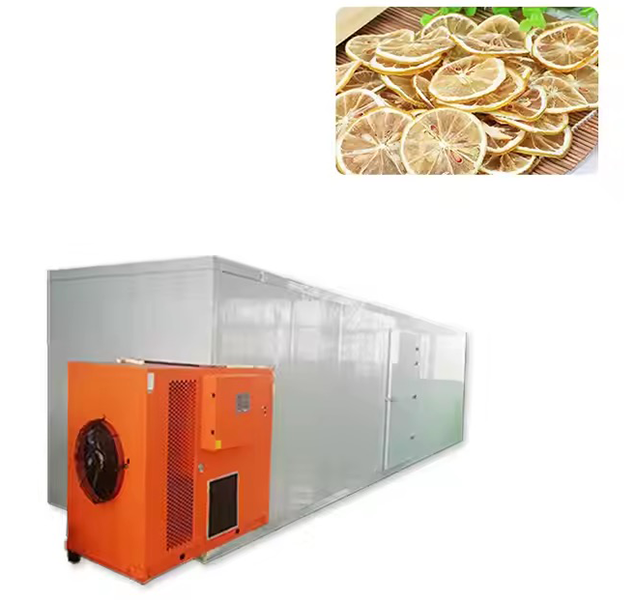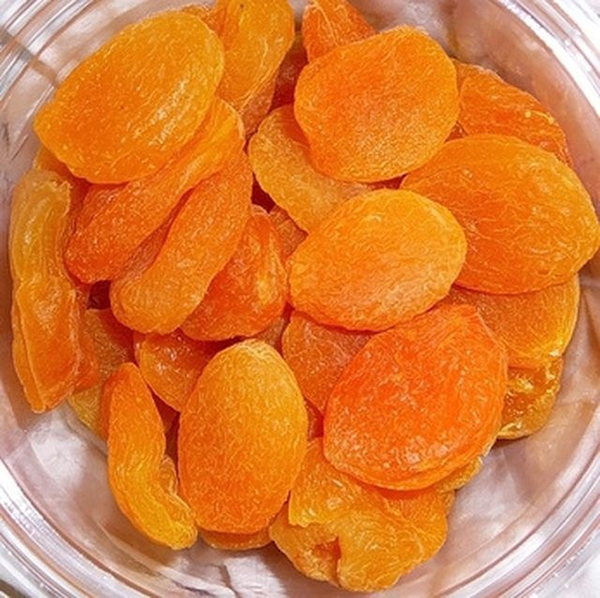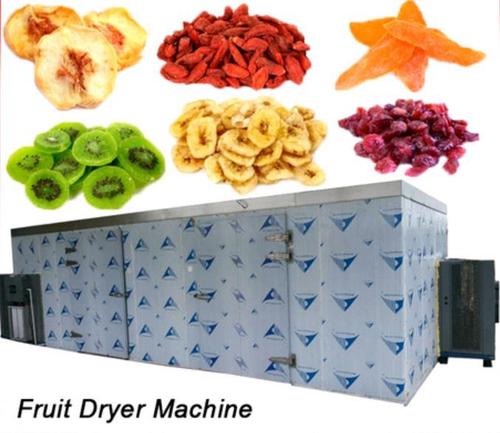
Content Menu
● Understanding Food Dehydrators
>> Types of Food Dehydrators
● How to Calculate the Cost of Running a Food Dehydrator
>> Step 1: Determine Wattage
>> Step 2: Calculate Energy Consumption
>> Step 3: Calculate Cost
● Monthly Operating Costs
● Factors Affecting Operating Costs
● Tips for Reducing Energy Consumption
● The Dehydrating Process Explained
>> Ideal Drying Temperatures
● Preparing Food for Dehydration
● Monitoring Drying Progress
● Storing Dried Foods Properly
● Conclusion
● FAQ
>> 1. How much does it cost to run a food dehydrator per hour?
>> 2. Can I use my oven instead of a food dehydrator?
>> 3. What foods can I dehydrate?
>> 4. Is it worth buying a food dehydrator?
>> 5. How do I know when my food is done drying?
● Citations:
Food dehydrators are increasingly popular appliances for preserving fruits, vegetables, and even meats. They offer a cost-effective way to create healthy snacks and reduce food waste. However, many potential users wonder about the operating costs associated with running a food dehydrator. This article will explore the costs involved, how to calculate them, and tips for reducing energy consumption.

Understanding Food Dehydrators
A food dehydrator works by circulating warm air around food items, removing moisture and inhibiting the growth of bacteria, yeast, and mold. The result is a lightweight, shelf-stable product that retains most of its nutrients.
Types of Food Dehydrators
- Stackable Tray Dehydrators: These are typically less expensive and have multiple trays for drying various foods simultaneously.
- Shelf Dehydrators: More advanced models that often come with temperature controls and timers.
- Hybrid Dehydrators: These can also function as ovens or smokers, offering versatility in cooking methods.
How to Calculate the Cost of Running a Food Dehydrator
To determine the cost of running your food dehydrator, you need to know two key factors: the wattage of the dehydrator and your local electricity rate (cost per kilowatt-hour or kWh).
Step 1: Determine Wattage
Most food dehydrators have wattage ratings listed on the appliance or in the user manual. Common wattages range from 300 to 1,000 watts.
Step 2: Calculate Energy Consumption
Use the following formula to calculate the kWh used:
kWh = Wattage x Hours of Use/1000
For example, if you have a 600-watt dehydrator running for 12 hours:
kWh = 600 x 12/1000 = 7.2 kWh
Step 3: Calculate Cost
Multiply the kWh by your local electricity rate. For example, if your electricity rate is $0.15 per kWh:
Cost = 7.2 kWh x 0.15 = $1.08
This means it costs approximately $1.08 to run a 600-watt dehydrator for 12 hours.
Monthly Operating Costs
If you run the dehydrator for 12 hours a day, the monthly cost would be:
$1.08 x 30 = $32.40
Factors Affecting Operating Costs
Several factors can influence how much it costs to run a food dehydrator:
- Wattage: Higher wattage models will consume more energy but may dry food faster.
- Duration of Use: Longer drying times increase energy consumption.
- Electricity Rates: Rates vary by location and time of year.
Tips for Reducing Energy Consumption
To minimize costs while using your food dehydrator, consider these tips:
- Batch Drying: Dehydrate larger quantities at once to reduce the frequency of use.
- Lower Wattage Models: Consider purchasing a dehydrator with lower wattage if you primarily dry lightweight foods like herbs or fruits.
- Use a Timer: Set a timer to ensure that the dehydrator turns off automatically after the drying cycle is complete.
- Optimal Placement: Place your dehydrator in a cool, dry area with good ventilation to enhance efficiency.

The Dehydrating Process Explained
Dehydrating food involves removing moisture content through various methods such as electric dehydrators, oven drying, sun drying, or air drying. The dehydration process allows you to enjoy your favorite foods like fruits, vegetables, and meats all year round, regardless of their seasonal availability[1].
Ideal Drying Temperatures
The ideal temperature for most food items ranges from 120°F to 160°F to obtain optimal results. For instance:
- Fruits: Generally dried at around 135°F.
- Vegetables: Best dried at approximately 125°F.
- Meats (Jerky): Should be dried at higher temperatures around 160°F to ensure safety[1][4].
Maintaining proper temperatures is crucial as it affects both the quality and safety of the dried products.
Preparing Food for Dehydration
Proper preparation is essential for successful dehydration. Here are some steps to follow:
- Select Fresh Produce: Always start with fresh fruits and vegetables that are free from blemishes or spoilage.
- Wash and Slice Evenly: Wash all produce thoroughly and slice them into uniform pieces to ensure even drying. Thinner slices generally dry faster than thicker ones[6][10].
- Blanching Vegetables: Some vegetables benefit from blanching before dehydration. This process involves briefly boiling them before cooling them in ice water to stop cooking[6][8]. Blanching helps preserve color and nutrients while also reducing drying time.
Monitoring Drying Progress
As dehydration takes time—often between eight to twelve hours—it is important to check on your food periodically. To test if your food is adequately dried:
1. Remove a piece from the dehydrator.
2. Allow it to cool.
3. Check for moisture by bending or tearing it; if moisture beads appear or it feels sticky inside, return it to the dehydrator[5][10].
Using glass jars can also help; if condensation forms inside after sealing, it indicates residual moisture in the food.
Storing Dried Foods Properly
Once dried, proper storage is crucial to maintain quality and prevent spoilage:
- Use Airtight Containers: Store dried foods in clean jars or vacuum-sealed bags to keep moisture out[7].
- Label Containers: Always label containers with dates so you can keep track of freshness.
Conclusion
Running a food dehydrator can be quite economical compared to other cooking methods like using an oven. By understanding how to calculate operating costs and implementing strategies to reduce energy consumption, you can enjoy delicious dried foods without worrying about high electricity bills. With proper preparation and monitoring during the dehydration process, you can preserve seasonal produce effectively while ensuring quality snacks throughout the year.

FAQ
1. How much does it cost to run a food dehydrator per hour?
The cost varies based on wattage and local electricity rates but generally ranges from $0.06 to $0.30 per hour depending on these factors.
2. Can I use my oven instead of a food dehydrator?
Yes, but ovens typically consume more energy due to higher wattages (around 2,500 watts) compared to most dehydrators.
3. What foods can I dehydrate?
You can dehydrate fruits, vegetables, meats, herbs, and even some dairy products like yogurt.
4. Is it worth buying a food dehydrator?
Yes! If you regularly use dried foods or want to preserve seasonal produce, investing in a dehydrator can save money in the long run.
5. How do I know when my food is done drying?
Most foods will become brittle or leathery when properly dried. You can also refer to specific drying times for different foods in your user manual.
Citations:
[1] https://homesteadingfamily.com/preservation-101-intro-to-dehydrating-food/
[2] https://www.campkitchen.ca/blog/dehydrating-basics
[3] https://dehydratorblog.com/food-dehydrating-time-temperature-guide/
[4] https://www.freshoffthegrid.com/dehydrating-food/
[5] https://blog.lemproducts.com/best-dehydrating-practices/
[6] https://www.thespruceeats.com/how-to-dry-fruits-and-vegetables-with-a-dehydrator-1388312
[7] https://learn.eartheasy.com/guides/a-beginners-guide-to-dehydrating-food/
[8] https://www.commercialdehydrators.com.au/post/best-practice-for-drying-fruit-and-vegetables-commercial-dehydrators
[9] https://excaliburdehydrator.com/pages/intro-to-dehydrating
[10] https://vacuumsealersunlimited.com/how-to-use-a-food-dehydrator/











